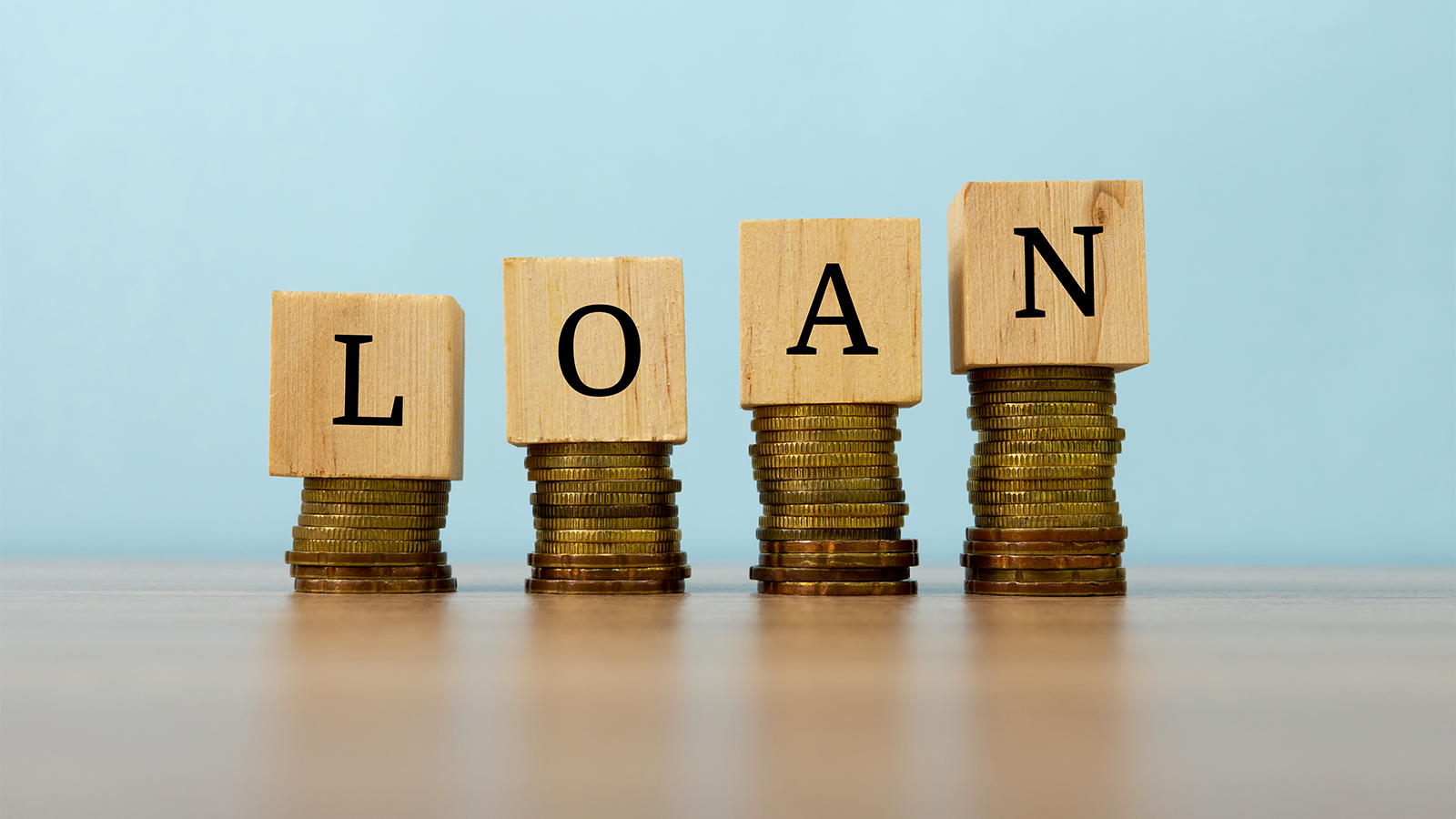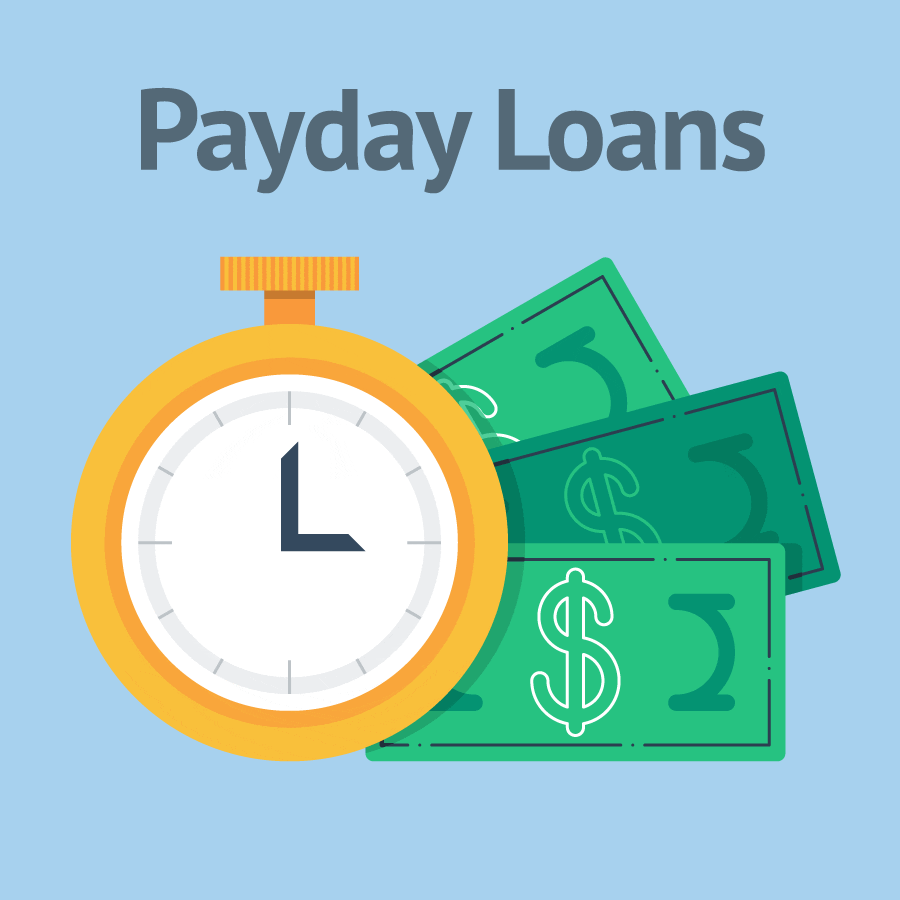Leading Tips for Navigating Pre Approval Student Loans with Self-confidence
Leading Tips for Navigating Pre Approval Student Loans with Self-confidence
Blog Article
Recognizing the Impact of Rate Of Interest Rates on Home Loans for First-Time Purchasers
Navigating the labyrinth of home mortgage can be discouraging for novice purchasers, specifically when rate of interest play an essential function in forming their financial trip. The choice in between adjustable-rate and set home loans lugs substantial effects, affecting monthly budgets and lasting economic security. As rate of interest vary with economic shifts, recognizing their resolution ends up being vital. Yet what strategies can these customers use to secure one of the most beneficial terms? And just how do these decisions straighten with individual economic goals and risk resistance? Check out these inquiries to empower your path to homeownership with confidence and foresight.
Exactly How Interest Prices Are Figured Out
When the central bank elevates this price, borrowing ends up being much more pricey, typically leading to raised home financing rate of interest rates. Conversely, decreasing the federal funds price can make borrowing less expensive, potentially reducing mortgage prices.
An additional prominent factor is rising cost of living. Higher inflation typically results in greater rate of interest rates as lending institutions demand more go back to counter the reducing buying power of future settlements. Economic development additionally plays an essential role; in durations of durable financial efficiency, need for credit score increases, which can drive up rate of interest.
Furthermore, the bond market considerably affects home mortgage rates. Lasting rates of interest, consisting of those for mortgage, are carefully linked to yields on federal government bonds. As bond yields rise, so do mortgage prices, showing the boosted cost of long-term loaning.

Kinds Of Rates Of Interest
Comprehending the different sorts of rates of interest is important to comprehending just how mortgage operate. There are mostly two categories of passion prices that borrowers come across: fixed and variable. A set passion rate remains consistent throughout the term of the lending. This uses predictability in monthly repayments, offering borrowers with stability and ease in budgeting. It is specifically helpful in settings where future rates of interest boosts are anticipated.
In contrast, a variable rate of interest price, additionally called an adjustable rate, fluctuates over time, normally in response to adjustments in a specified criteria or index. These rates frequently begin less than dealt with rates, which can be eye-catching to first-time purchasers. They require the danger of enhancing over time, potentially resulting in higher overall prices if market rates increase. pre approval student loans.
Furthermore, some lending institutions provide hybrid rates of interest, integrating elements of both repaired and variable rates. An introductory duration with a set rate may be complied with by a variable rate. Recognizing these distinctions is critical for debtors to make enlightened decisions that align with their financial scenarios and risk tolerance, as each type offers prospective disadvantages and one-of-a-kind benefits.

Effect on Month-to-month Settlements
Regular monthly payments on home lendings are straight influenced by the type of interest price selected, which can dramatically impact a consumer's economic planning. Fixed-rate home mortgages offer security, as the rate of interest price remains unmodified over the financing's term, guaranteeing that month-to-month payments stay continuous.
The selection between a fixed-rate and an adjustable-rate home loan can have instant repercussions on a buyer's monthly spending plan. Fixed-rate financings safeguard against market volatility, providing tranquility of mind yet frequently at a greater first price compared to ARMs. For debtors intending to stay in their homes long-lasting, this can be helpful. On the various other hand, ARMs might fit customers expecting revenue growth or those intending to sell before the rate modification happens, allowing them to take advantage of on reduced repayments initially. Ultimately, recognizing these dynamics is vital for newbie purchasers to manage their regular monthly payments successfully and straighten them with their monetary techniques.
Long-lasting Financial Implications
The selection of passion price kind for a home lending expands beyond prompt month-to-month payments, lugging significant long-lasting economic ramifications. A fixed-rate home loan, for example, provides security by locking in interest prices for the duration of the financing term, safeguarding debtors from future rate increases.
Conversely, a variable-rate mortgage (ARM) usually begins with a reduced rate of interest, which can lead to reduced first repayments. In time, however, the price can change based on market problems, possibly leading to higher settlements. This irregularity introduces an aspect of uncertainty, which might impact economic stability if prices raise significantly.

Strategies for Taking Care Of Prices
Browsing rate of interest on mortgage requires tactical preparation to maximize monetary results. New property buyers need to consider securing in interest prices when they are desirable, as this can protect them from potential price walkings prior to their car loan closing. Price locks normally last in between 30 to 60 days and give a measure of assurance in a commonly unpredictable market. Additionally, buyers might discover price cut points, which include paying an in advance fee to protect a reduced rate of interest rate. This can bring about substantial savings over the loan's life expectancy, specifically if the customer plans to stay in the home long-lasting.
One more approach involves selecting the appropriate financing kind. Fixed-rate mortgages provide security, protecting debtors from try this site future price increases, while adjustable-rate home loans (ARMs) may use lower first rates with the risk see this here of future adjustments. When choosing between these choices., customers ought to very carefully examine their economic scenario and risk tolerance.
Finally, preserving a solid credit history account is essential. A greater credit rating can substantially improve negotiation power for a lot more positive rate of interest. Consistently evaluating credit rating records, resolving inaccuracies, and minimizing exceptional financial debt can enhance total creditworthiness, consequently positioning purchasers to safeguard the most beneficial prices offered.
Conclusion
A comprehensive understanding of rate of interest on mortgage is vital for new customers to make informed decisions. Fixed-rate home loans provide security with predictable repayments, safeguarding versus future price increases, while variable-rate mortgages existing preliminary savings with possible future expense volatility. Evaluating the effect on regular monthly payments and long-lasting financial health and wellness enables purchasers to align selections with economic goals and run the risk of resistance. Strategic administration of rate of interest can significantly influence homeownership success and financial well-being.
When the main financial institution elevates this rate, obtaining ends up being extra expensive, commonly leading to raised home funding rate of interest rates.In contrast, a variable rate of interest rate, additionally recognized website link as a flexible rate, fluctuates over time, typically in response to modifications in a defined benchmark or index.In addition, some loan providers offer hybrid rate of interest prices, combining elements of both repaired and variable prices - pre approval student loans. A fixed-rate home loan, for instance, offers stability by securing in rate of interest prices for the period of the loan term, shielding debtors from future price boosts. New buyers must consider locking in rate of interest prices when they are positive, as this can shield them from prospective price walkings prior to their finance closing
Report this page